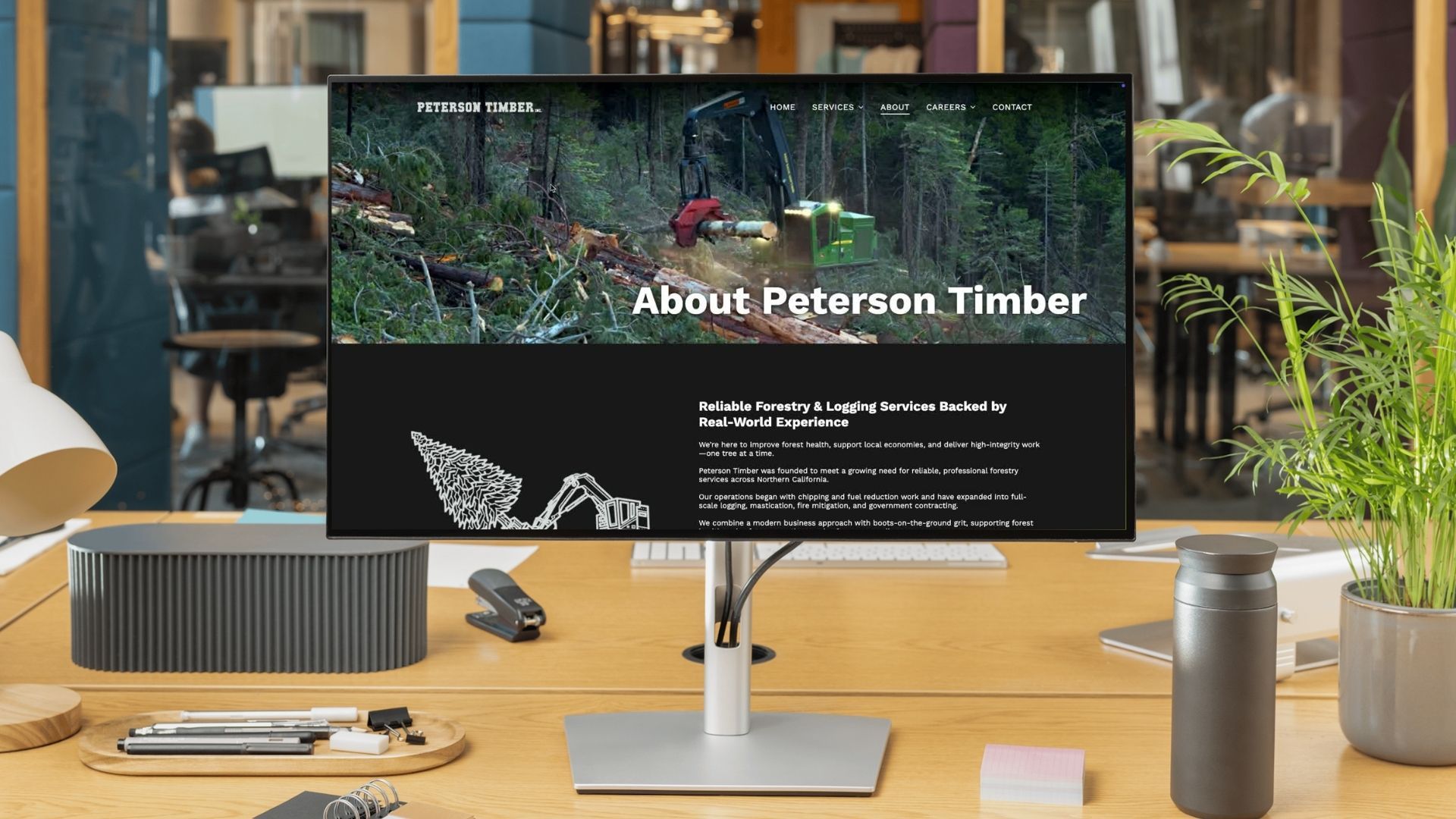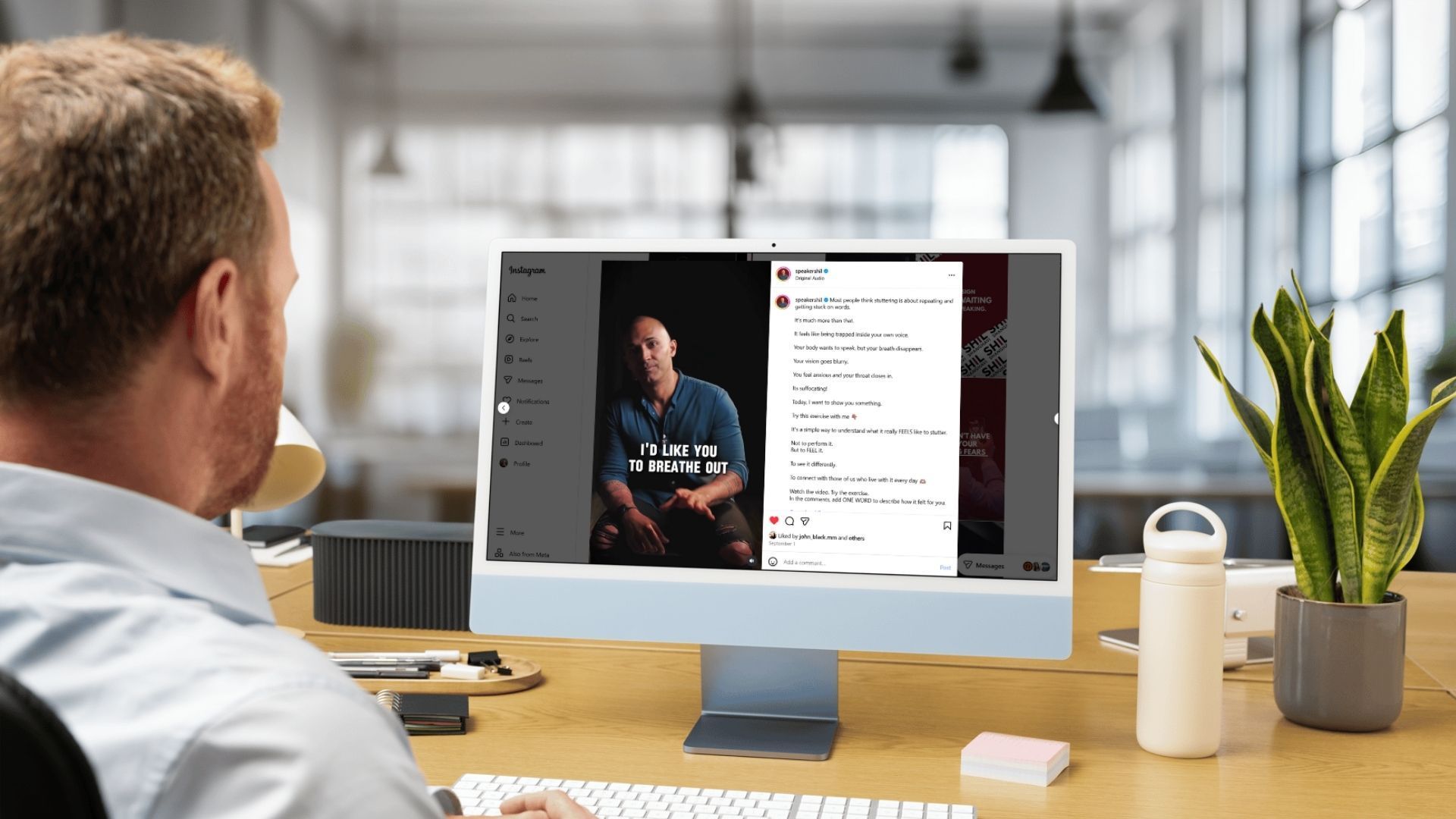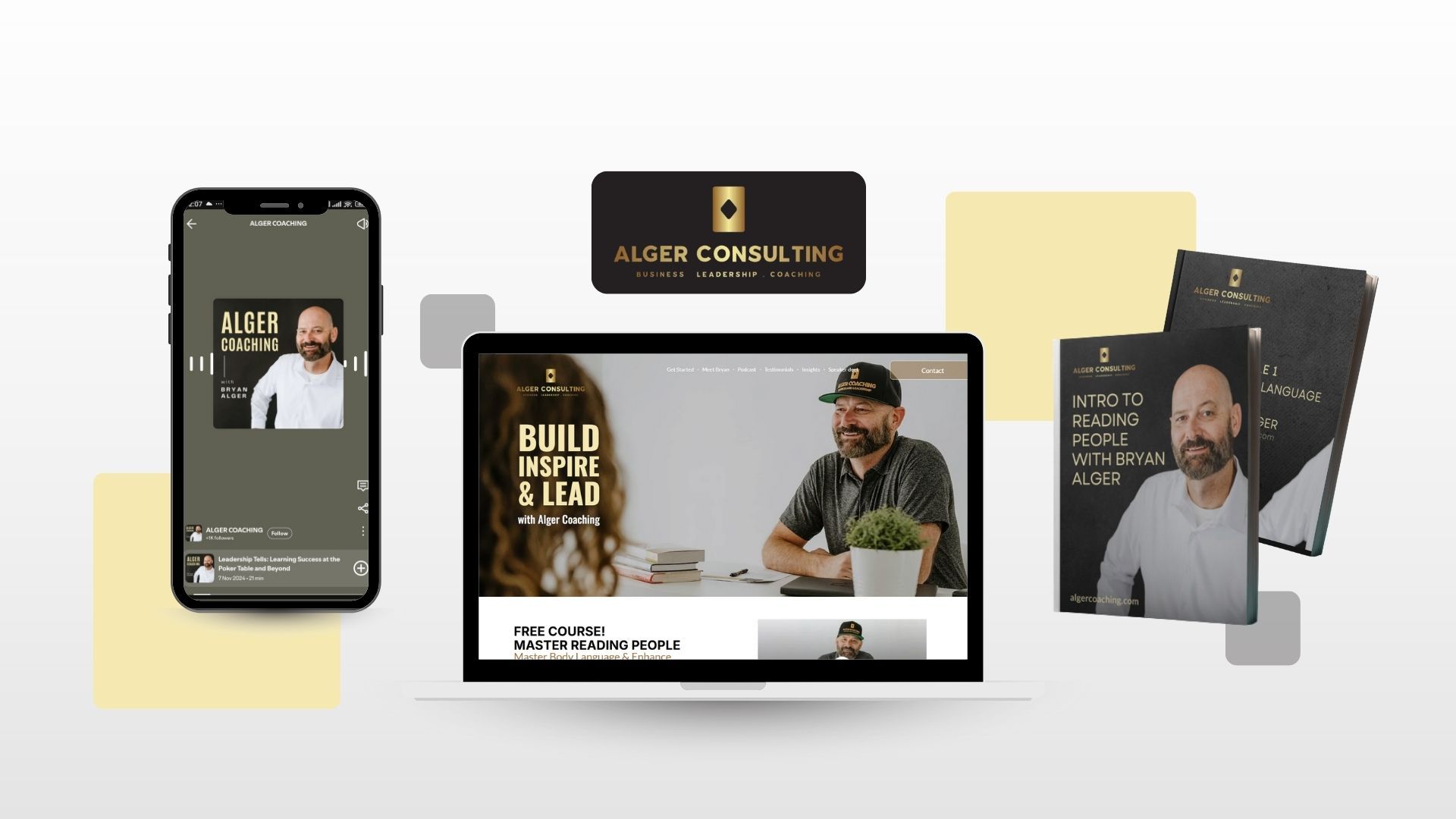
Why Most Small Businesses Struggle to Turn Their Best Work into Sales
Marketing case studies should be a no-brainer for small businesses. They prove results, showcase expertise, and build trust with potential customers. Yet, so many companies—especially those in technical or service-based industries—fail to create them.
Why? Because business owners are too busy, don’t have a system for collecting case studies, or simply don’t realize their importance.
Jake Mooney, founder of Green Light Studio, recently discussed this issue on our [latest podcast episode] (insert YouTube link here). He shared a real-world example of a construction company doing multimillion-dollar projects but failing to document their work:
“They didn’t have any case studies of their projects. Just some pictures sitting in Gmail somewhere. No system for gathering project info, no structured way to tell their success stories. It was wild.”
If this sounds familiar, you’re not alone. Many small businesses focus so much on doing the work that they forget to market it. And when they do try, they run into roadblocks—no one has time, details get lost, and it always feels like an extra burden.
But here’s the thing: If you don’t show your best work, potential clients won’t trust you to deliver for them.
So, how do you break out of this cycle and start using case studies to market effectively?
Let’s walk through how to make gathering case studies simple, painless, and a key part of your long-term marketing strategy.
Step 1: Make Case Studies an Automatic Part of Your Process
The biggest mistake businesses make is treating case studies as a separate, time-consuming project. Instead, it should be baked into your workflow.
“We tried everything—sending emails, intake forms—nothing worked. Finally, we created a Jotform with a voice recorder option. Suddenly, we were getting 20-minute audio recordings from their sales team because talking was easier than typing.”
This is key. Find the lowest-friction way to capture case study details. Here are some simple methods that work:
- Use voice memos. Instead of making your team write reports, have them record a 2-3 minute summary after completing a project. Transcribe it later.
- Create a structured intake form. Use tools like Jotform, Google Forms, or Typeform to collect key project details.
- Schedule a quick “wrap-up” call. After a successful project, set up a 10-minute call to capture insights. Ask questions like:
What was the client’s biggest problem before we started?
What did we do that made the biggest impact?
What measurable results did we achieve?
- Assign a team member to own it. If case studies are everyone’s job, they’re no one’s job. Make it one person’s responsibility.
Pro Tip: Treat case studies like testimonials—collect them while the excitement is fresh, not months later when everyone has moved on.

Step 2: Focus on the Right Case Study Structure
Once you have raw case study materials, it’s time to structure them in a way that’s compelling and useful for marketing.
A strong case study should follow a simple, repeatable framework:
- The Problem – What issue was the client facing? Be specific.
- The Solution – How did your business help solve it?
- The Results – What changed? Provide numbers when possible.
- Client Quote (if available) – A short testimonial adds credibility.
Here’s a real-world example of this in action:
- The Problem: A construction firm had no structured way to showcase their past projects, making it hard for new clients to trust their expertise.
- The Solution: Green Light Studio set up a Jotform with a voice recorder option so project managers could quickly submit case study details without extra effort.
- The Results: Within two weeks, the firm collected case studies for three of their top projects, which they used to win a large client contract.
Need help with structuring case studies? Download our free marketing audit workbook for step-by-step guidance.

Step 3: Use Case Studies in the Right Places
A well-written case study is a powerful marketing tool—but only if it’s actually used. Many businesses collect testimonials and case studies but never leverage them effectively.
Here’s where they can make the biggest impact:
- On your website: Dedicate a section to case studies and make them easy to browse.
- In sales conversations: Equip your team with relevant case studies they can reference when talking to prospects.
- In email marketing: Include case studies in newsletters or automated nurture sequences.
- On social media: Break case studies into bite-sized content for LinkedIn, Facebook, and YouTube. (Pro tip: Video testimonials work even better!)
- For SEO: Optimize case study pages for search terms like “successful [your industry] project” to attract inbound leads.
Want to learn more about smart, sustainable marketing for small businesses? Subscribe to our YouTube channel.
Step 4: Case Studies Are Just One Piece of a Bigger Strategy
Case studies are incredibly effective, but they’re just one part of a sustainable marketing strategy. They work best when combined with other key elements, like:
- A clear marketing plan – Don’t just collect case studies randomly. Have a strategy for when and where to use them.
- A strong brand story – Case studies prove your expertise, but your brand messaging should already make it clear why customers should trust you.
- Consistent content marketing – Case studies make great content, but they should be part of an ongoing effort that includes blog posts, videos, and social media.
If marketing feels overwhelming, you don’t have to figure it out alone. Get clarity on your marketing strategy with a coaching call.
Case Studies Build Trust, But Only If You Use Them
If you’re delivering great work but struggling to turn that into visible proof, now is the time to start collecting case studies the easy way.
Remember:
- Make case study collection automatic, not an afterthought.
- Structure them using the Problem → Solution → Results format.
- Use them in multiple marketing channels, from sales conversations to SEO.
- Treat them as part of a bigger marketing system that keeps your business growing.
The hardest part is getting started. But once you do, case studies become an effortless way to showcase your expertise and build trust with potential clients.
Want help setting up your case study system? Let’s talk. Schedule a strategy call here:https://greenlightstudio.co/#ContactUs
Unimpressed with your marketing?
Get support and direction with these resources:
- Free Marketing Audit Workbook - Download Now
- Subscribe to Our YouTube Channel - Subscribe
- Get a custom strategy for your business - Get In Touch
- Connect with Jake on LinkedIn - Connect
Unimpressed with your marketing?
Get support and direction with these resources:
- Free Marketing Audit Workbook - Download Now
- Subscribe to Our YouTube Channel for practical marketing tips and strategies. Subscribe
- Contact Us - Let’s create a custom strategy for your business. Get In Touch
- Connect with Jake Mooney on LinkedIn - Connect
How to Create Marketing Case Studies That Actually Bring in Customers










